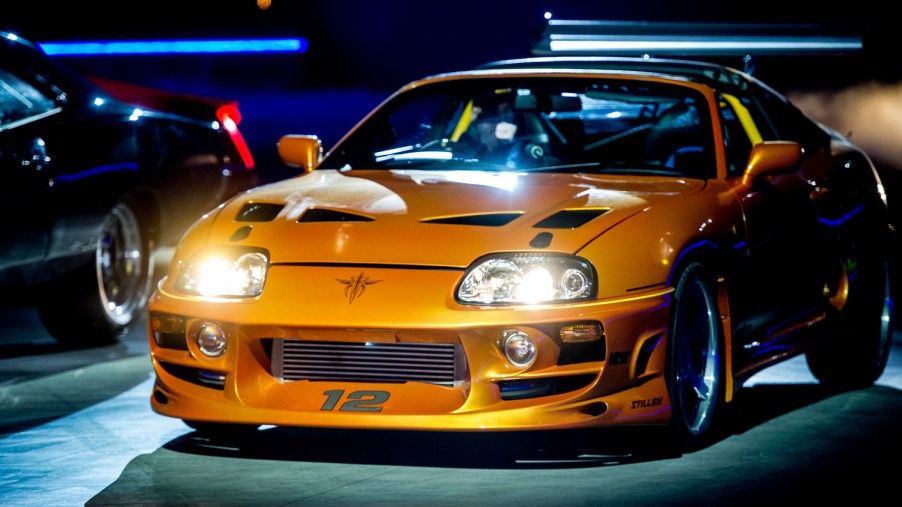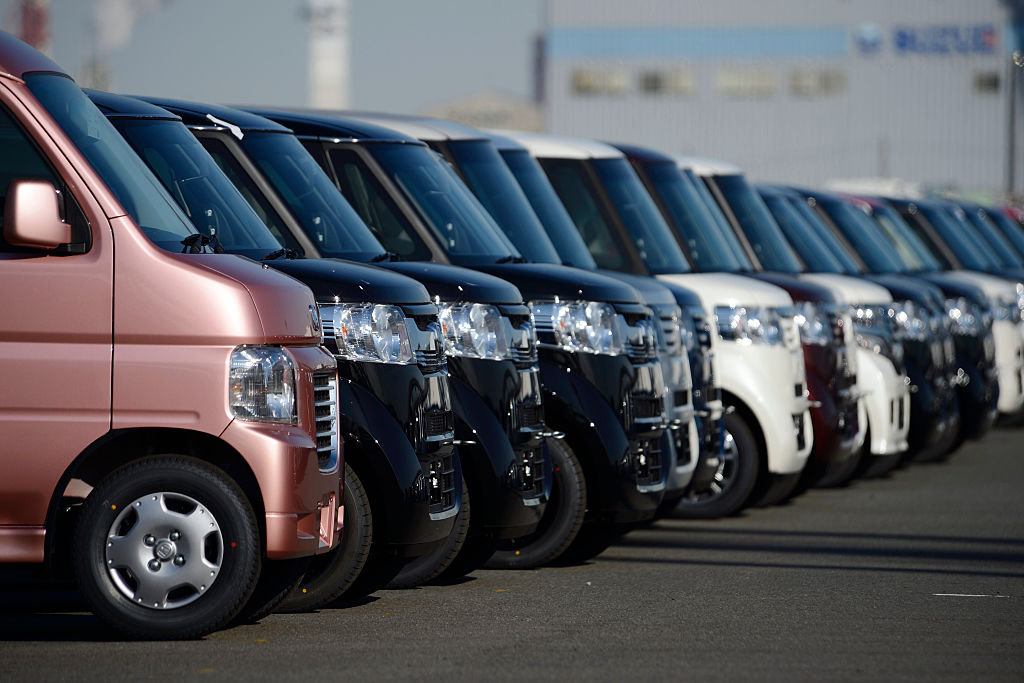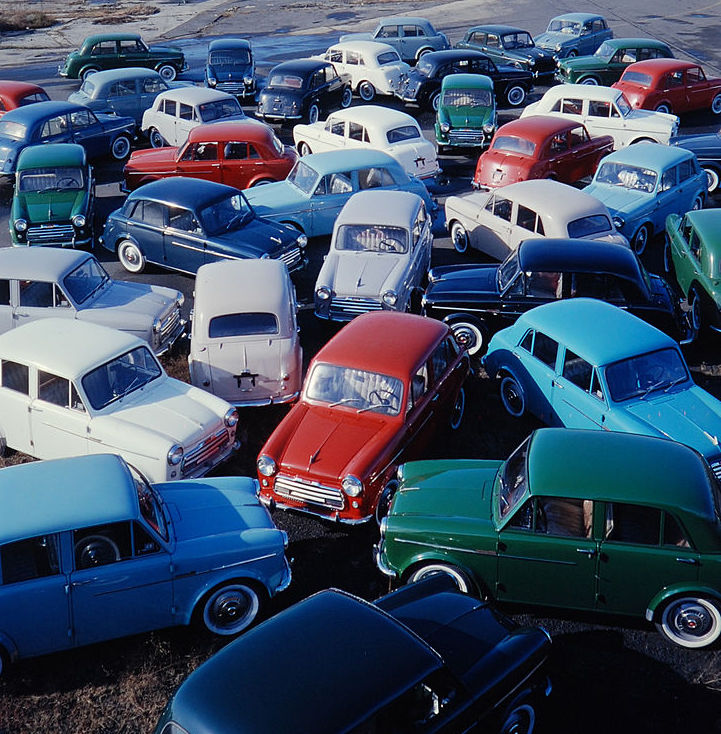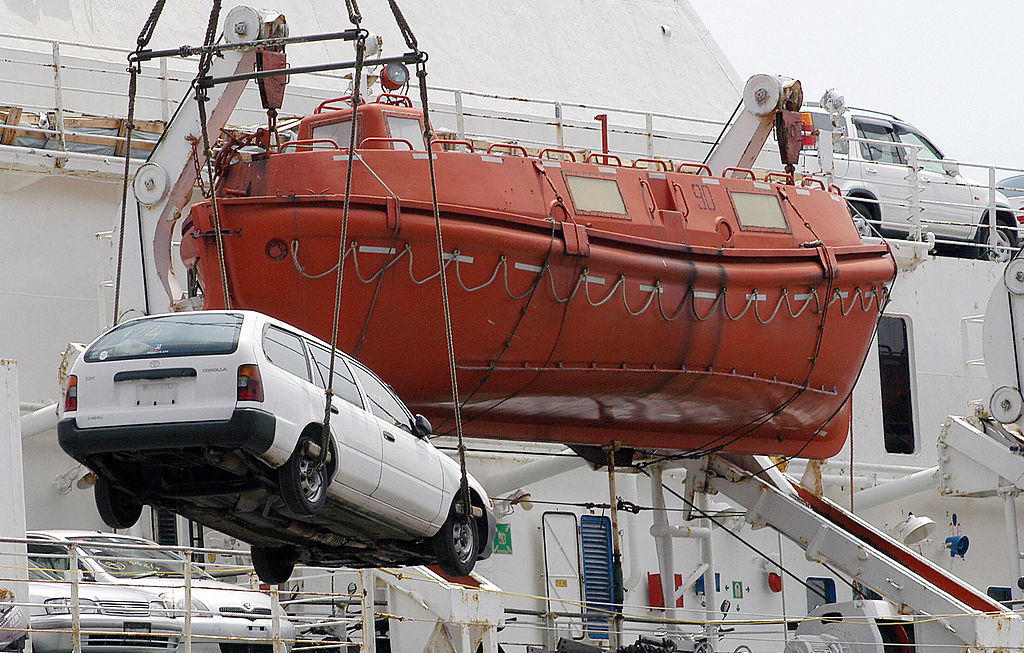
Report: Americans Are Driving Up Used Car Prices In Japan
The Japanese are calling it “The 25-Year Rule Of Frenzy.” It is referring to the popularity of 25-year-old and older Japanese vehicles being shipped off to the US. After 25 years any car can be imported into the US whether it is in federal safety compliance or not. So there are a number of “forbidden fruit” vehicles that Americans are clamoring for. And it is driving the price of Japanese used versions way up.
Many vehicles around the world never enter the US marketplace

Between safety standards and emissions restrictions, many vehicles around the world never enter the US. After 25 years the US government relaxes these restrictions for car collectors. It is such a small amount of cars, and they’re used so little that they probably don’t even show up in overall sources for pollution.
But Japanese websites like bestcarweb have very much taken notice of it because it is a phenomenon. And also because it is jacking up prices of revered Japanese-only vehicles. Think of cars like the Nissan Skyline and A80 Supras. Some of that “frenzy” has been induced by the Fast and Furious franchise that uses specific Japanese-spec cars. But a lot of it is just an enthusiast’s desire to own a cool Japanese car that nobody here could have. Before now, that is.
Cars like GT-R Skylines and Silvias have always been snuck into the US

Cars like GT-R Skylines and Silvias have always been able to be snuck into the US, but it was largely a costly hassle. So the ones that made it into the US probably made a big impression on enthusiasts that were hip to what they were looking at. Now all of the paperwork and bags of money are not necessary to get your hands on one.
There are individuals and businesses here in the US that are set up to help US buyers get what they want. With Japan’s confusing grading system and variety of conditions, it helps to have someone navigate for you. So that has helped in making it easier and drawing attention to the practice.
Japan sees this fueled by enthusiasts with wads of stock market winnings

Bestcarweb gives the reason for the rise in demand for certain Japan-spec cars from “the expansion of assets due to high stock market prices.” In other words, it sees this being fueled by enthusiasts who have extra wads of money from making it big in the stock market.
There was a time 20 years ago when just the reverse was going on. There was a huge export market for Chevy pickups, Caprice station wagons, and Astro vans. Yes, it’s true. You could see 30-50 lowered Caprice wagons lined up at the Port of Los Angeles being readied for shipment to Japan. It was more Caprice wagons than you would ever see on the road.
The same was true for Astro vans and lowered 1988-and-up Chevy short-bed pickups. With big wheels and crazy paint jobs, it kept a lot of custom shops and custom painters very busy. Vintage VWs were also very hot, with many having origins in the US. Then just like that demand fell off. As quickly as these odd trends ramped up in Japan they cooled off. Those of us involved in this Japanese import craziness couldn’t believe there was all of this demand for these vehicles there.
Now, the same phenomenon is occurring the other way around. And the Japanese are dumbfounded just like we were 20 years ago. As it is still ramping up we’ll see how long this latest frenzy lasts. But shared interests are always a good thing. Especially, if it is from the language of cars.



